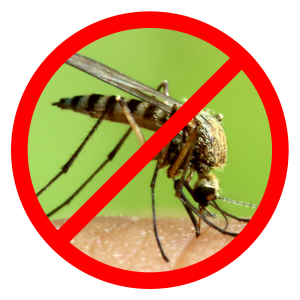Early Spring Weeds
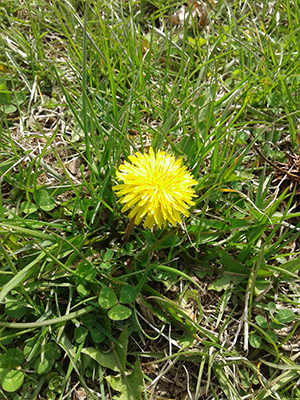
The season of new life in our lawns and landscapes has finally arrived! Early in the spring, trees and shrubs produce beautiful flowers that bring vibrant colors to the landscapes, but unfortunately this time of year also brings unwanted plants; also known as weeds. Below we will go through the most common early spring weeds and the best treatment methods.
Dandelion
Dandelions are easily the most infamous of the early spring weeds that are very easy to identify. We’ve all driven by a beautiful green landscape freckled with dandelions, disrupting the look of a lawn that recently greened up from winter dormancy. Dandelions are a perennial plant with leaves between 3-10 inches in length, stemming from a singular taproot. The yellow flower will transform into the white “puff ball” that we all used to pick up and blow on when we were kids. This part of the flowering weed is the seed head. Often, the seeds are carried by wind to a new destination and germinates to form a new dandelion plant the following year.
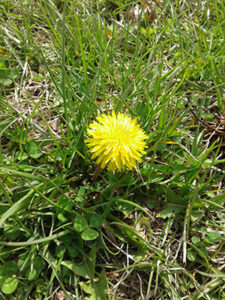
Hairy Bittercress
Hairy bittercress is another common early spring weed that sticks out like a sore thumb in the lawn. This early spring weed is an annual plant that starts to grow in early winter and matures through the very early part of the spring season. It produces a white flower, that is easily identifiable among the rest of the green plant. Many homeowners observe the presence of this weed despite having a lawn treatment service because this weed develops during the winter and most lawn companies have stopped treating weeds for the season. Unfortunately, its presence in the lawn is almost unavoidable.
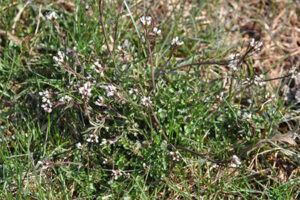
Wild Onion/Garlic
Wild onion and wild garlic are perennial plants that grow from bulbs in the soil. These are the tallest of the early spring weeds that are sure to stand out on any home lawn. Both plants have thin green waxy leaves; however wild garlic are round and hollow leaves, while wild onion leaves are flat and solid. The bulbs of the wild onion and garlic plan can remain dormant in the soil for several years, making the control for these weeds sometimes difficult. They look very similar to scallions you purchase in the store, except smaller. Additionally, deer will not eat these weeds, and your dogs and cats should stay away from these plants as these early spring weeds are poisonous to them.
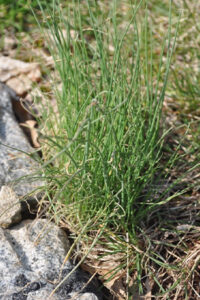
Common & Mouse-ear Chickweed
An early spring annual plant, chickweed typically will grow along edges of beds, sidewalks and curbs as seen in the image below. Chickweed grows in low lying patches as it roots itself from nodes along its stems. It can develop a white flower if soil temperatures become warm enough before the lawn is being mowed regularly. The difference between the mouse-ear variety and common chickweed is that the leaves of mouse-ear chickweed are hair covered and appear fuzzy upon close inspection.
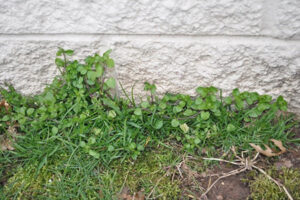
Henbit
This early spring weed is an annual plant with circular to heart shaped leaves and square stems that have a green to purple color to them. The flower of henbit grows in whorls around the stem and are a pink to purple in color. Henbit usually resides in the harshest of environments near foundations, in stone, and very compacted soil.
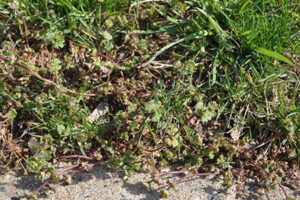
Treatment
Although there are numerous types of early spring weeds, controlling them is not very difficult with the right product. A treatment with the appropriate broadleaf weed control should kill most of the visible weeds this year. Unfortunately, broadleaf weed control does not act as a preventative, so you will need to apply follow up treatments as more weeds emerge. When selecting weed control, make sure you read the label to confirm the product will control the type of weeds growing in your lawn. In addition, be sure to follow all instructions for proper use and rates to avoid any adverse effects. Please make sure you do not apply a non-selective herbicide to your turf, such as Round Up containing Glyphosate, this will not only kill the spring weeds but also any grass plants that it contacts as well.
For information on cultural practices that can help prepare your lawn and landscape ready for outdoor parties and get togethers this spring, check out our spring maintenance blog.
Conclusion
Although it’s practically impossible to avoid having these weeds enter your lawn, these common early spring weeds are easy to control. If you have a lawn care company already, control of these early spring weeds should be included as part of your basic program. If you’re a do it yourselfer, getting rid of these early spring weeds can be accomplished using over the counter herbicides. Just be sure to read and follow all label instructions.
To be ready for the common summer broadleaf weeds, check out our blog. If you have any questions and are in our service area, please give our office a call at 908-281-7888.



